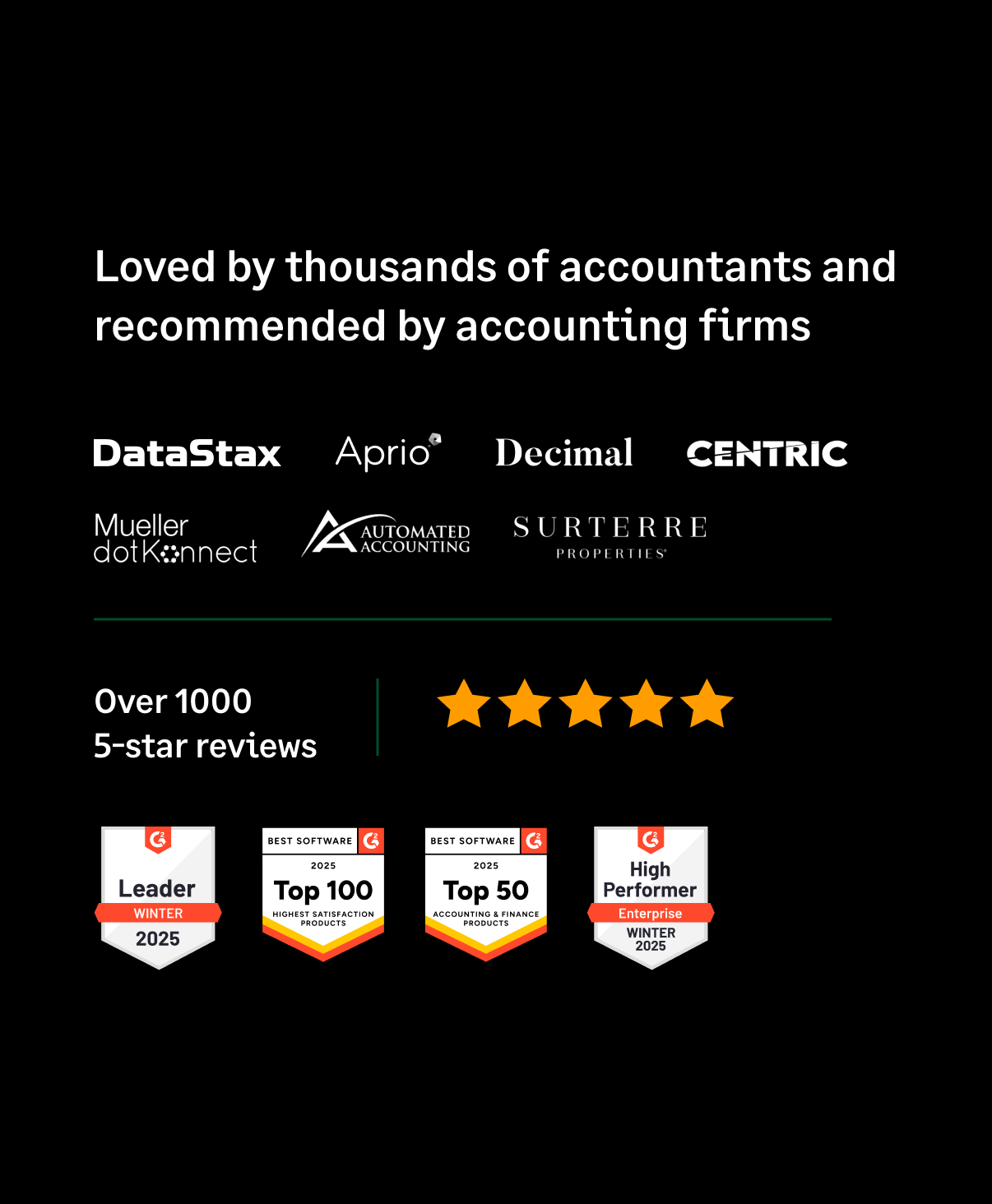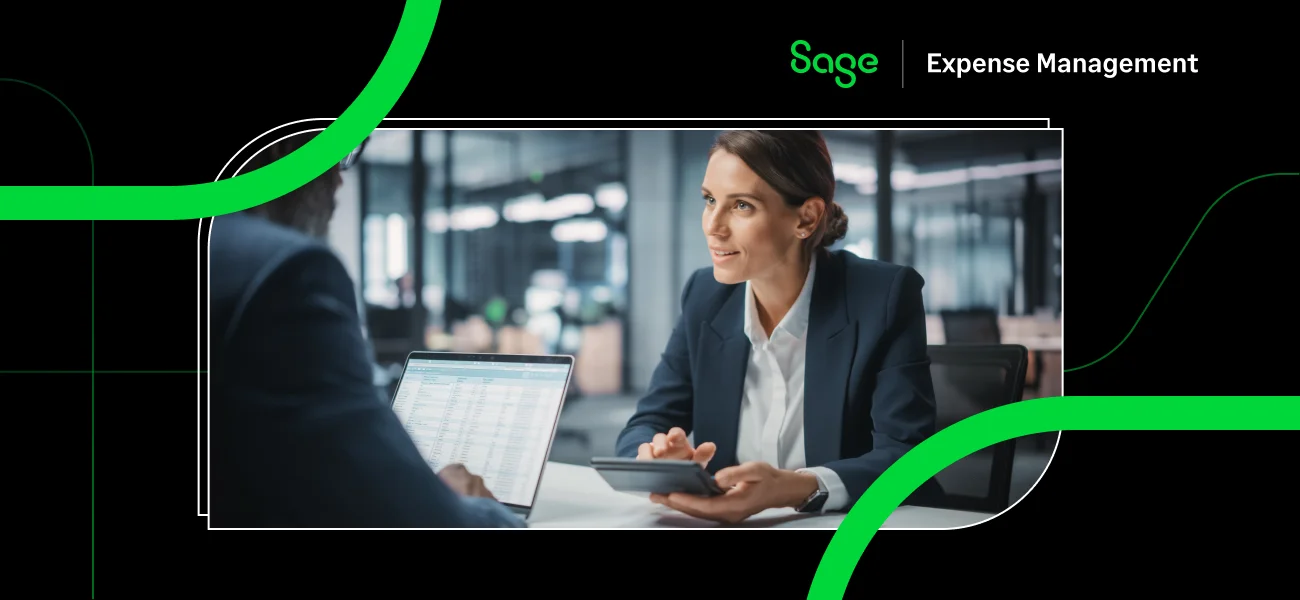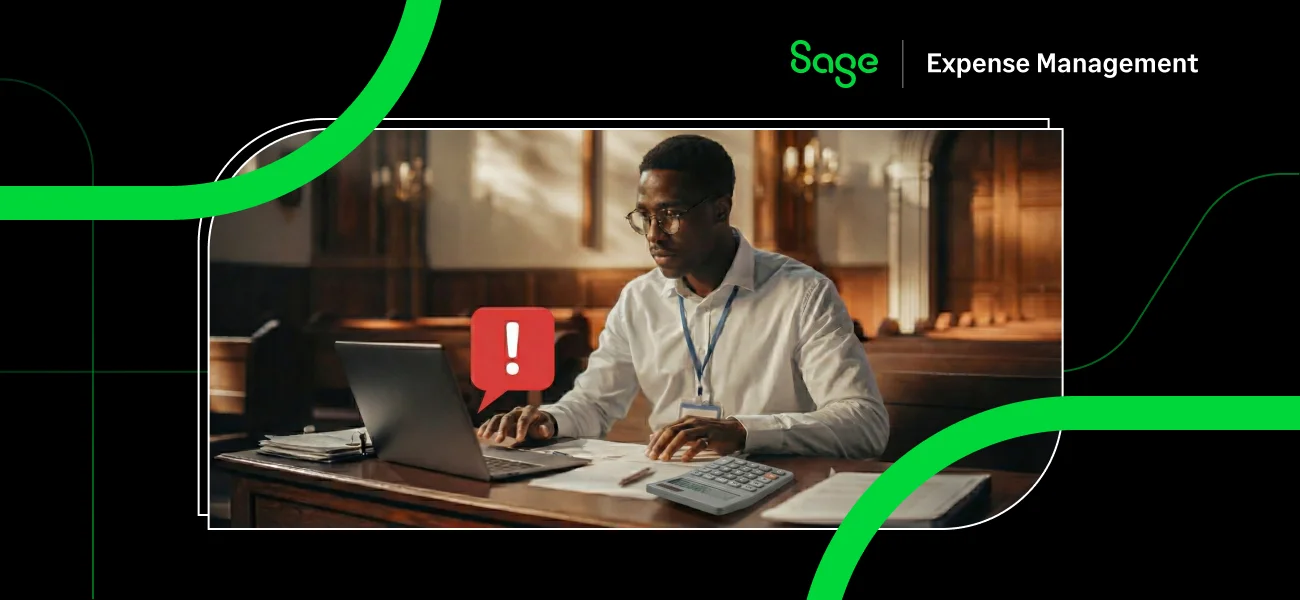Tax planning and optimization are critical to any organization's financial management strategy. As a CFO, understanding tax planning and optimization techniques is crucial to minimizing tax liabilities and improving profitability. Tax planning encompasses various methods to reduce the tax burden, such as deductions and credits, while tax optimization involves structuring financial transactions and investments to minimize tax exposure.
A well-executed tax planning and optimization strategy can substantially benefit a company, including improving cash flow, reducing risk, and increasing shareholder value. However, without comprehensive knowledge of relevant tax laws and regulations, CFOs may find it challenging to navigate the complexities of the tax landscape.
This small business tax planning guide for CFOs is designed to provide a comprehensive understanding of tax planning and optimization strategies, including identifying opportunities for tax savings and evaluating potential risks. By implementing effective tax planning and optimization strategies, CFOs can contribute positively to their company's financial management, reduce tax liabilities, improve long-term financial stability, and create value for their shareholders.
What is Tax Planning?
.png)
Tax planning involves the careful and strategic management of your finances to minimize your tax bill. It's a proactive process that requires you to closely examine your income and expenses to determine how you can best optimize your tax situation.
Essentially, it's all about maximizing your taxable income and minimizing your tax deductions to get the best possible tax outcome. And with taxes being such a significant part of our financial lives, it's no wonder that millions of Americans file tax returns every year, as evidenced by the 157.5 million tax returns filed in 2020.
These returns reported nearly $12.5 trillion in adjusted gross income (AGI) and, ultimately, resulted in the payment of $1.7 trillion in individual income taxes. So knowing how to properly plan for taxes can make a big difference, regardless of whether you're an individual or a business owner.
Reasons why tax planning is crucial for CFOs:
- Tax planning ensures that the organization complies with all tax laws and regulations, reducing the risk of costly penalties and legal issues.
- Effective tax planning can help CFOs identify opportunities to minimize tax liabilities and increase cash flow, which could positively impact the company's bottom line.
- CFOs who engage in tax planning can provide valuable insights to the management team, helping them make informed decisions about investments, mergers & acquisitions, and other financial strategies.
- By partnering with a tax professional, CFOs can use their knowledge and expertise in tax planning to stay ahead of tax laws and regulations changes, ensuring that their organization remains compliant and efficient.
- Effective tax planning allows CFOs to maintain a positive reputation with the public and investors, assuring that the organization is ethical, responsible, and committed to its financial responsibilities.
- By taking a proactive approach to tax planning, CFOs can minimize risks and uncertainties, giving stakeholders greater confidence in the organization's fiscal health and stability.
Tax Planning Step-by-Step Guide
By breaking down the process into simple steps, you can take control of your finances and maximize your savings. Here are some easy tax planning steps to get you started:
1. Calculate your Gross Income
Gross Income=Gross Revenue−COGS, where: COGS=Cost of Goods Sold.
Calculating your total gross income is an essential step toward effective tax planning. It involves adding up all sources of income you receive throughout the year, such as wages, investments, and rental properties. Knowing your total gross income is crucial in determining your tax bracket and how much you owe in income taxes.
Additionally, understanding the tax deduction can help reduce the taxable portion of your income and save you money. Tax planning strategy involves taking advantage of deductions and credits available to you while also considering long-term financial goals.
2. Be Aware of Common Tax Deductions and Tax Credits
When it comes to small business tax planning, understanding the different types of tax benefits can make all the difference. That's why being aware of standard tax deductions and tax credits is the second step in the process.
Tax liability can be a severe burden, but there are ways to reduce it through various tax benefits. By understanding which deductions and credits apply to your situation, you can save a significant amount on your tax bill. It may take some research and effort, but the payoff can be substantial.
But what's the difference between tax deductions and tax credits?
Tax deductions reduce your taxable income, while tax credits directly reduce the amount of tax you owe. Think of it this way: deductions are like a discount on your income, while credits are like a discount on your taxes.
For example, if you have $10,000 in taxable income and take a $1,000 deduction, you'll only be taxed on $9,000. On the other hand, if you owe $1,000 in taxes and have a $500 credit, you'll only owe $500. Understanding the difference between these terms can help you make better choices when filing your taxes and even save you some money.
Also Read:
3. Make use of deductions and exemptions
Deductions and exemptions are two powerful tools that can help us accomplish just that. Deductions reduce our taxable income, while exemptions reduce the amount of tax we owe.
They both give us tax breaks, which can be especially important if we have capital gains.
Capital gains, or the profits we make from selling an asset, can be taxed at a higher rate than our regular income. So, by taking advantage of the deductions and exemptions that are available to us, we can reduce our tax liability and keep more of our hard-earned money. The key is understanding how these tools work and incorporating them into our tax planning strategy.
4. Invest in tax-saving instruments
It may surprise you to know that there are tax-saving instruments you can invest in, which can reduce your tax liability. When it comes to tax planning, investing in such instruments is an important step.
Not only can they help you save money, but they can also offset capital gains. So instead of dreading tax season, why not take control of your finances and consider investing in tax-saving instruments? Your wallet (and your future self) will thank you.
Here are some popular tax-saving instruments that may be able to help you maximize your savings:
- Employee Provident Fund (EPF)
- Public Provident Fund (PPF)
- National Pension System (NPS)
- Equity-Linked Savings Scheme (ELSS)
- Tax-Saving Fixed Deposits (FD)
- National Savings Certificate (NSC)
- Unit-Linked Insurance Plan (ULIP)
- Senior Citizens Saving Scheme (SCSS)
- Tax-Saving Bonds
5. Review your investments regularly
Your tax return is calculated based on your earnings; your investments are no exception. By keeping tabs on your investments, you can ensure they perform well, adjust your portfolio as needed, and potentially increase your earnings.
Plus, when tax season rolls around, you'll better understand how your investments affect your tax liability.
What is Tax Optimization?
.png)
Tax optimisation is the process of maximising tax benefits while minimising tax liabilities. By taking advantage of tax credits and deductions, individuals and businesses can optimize their tax strategy to minimize what they pay to the government.
For instance, if you’re self-employed, you may be eligible for expenses such as office supplies and equipment deductions. Utilising these benefits can optimise your tax situation and keep more money in your pocket.
Tax optimisation is an essential aspect of personal finance, and it’s worth putting in the effort to ensure you’re taking full advantage of all the tax breaks available to you.
7 Tax Optimization Strategies
Whether you are a CFO or a business owner, these tax optimization strategies can help you achieve your financial goals and strengthen your organization's fiscal health.
1. Utilize Depreciation
Depreciation allows you to deduct the cost of certain assets, such as a computer or a vehicle, over time instead of all at once. Doing so can lower your taxable income for each year and ultimately save on taxes. Plus, you may qualify for a tax credit if you're a small business owner or entrepreneur.
2. Retirement Income Planning
We all know that paying taxes is inevitable, but by strategically managing our retirement income, we can help minimize the taxes we pay each year. One way to do this is by carefully considering our adjusted gross incomes, which are used to calculate our tax liability.
By structuring our retirement income to keep our adjusted gross incomes low, we can help reduce our overall tax burden. This is just one of the many strategies available to us regarding retirement income planning, and it's worth exploring if you're looking for ways to optimize your taxes.
3. Fixed Asset Planning
This approach is about strategically managing your assets to reduce your tax burden. One key aspect of Fixed Asset Planning is charitable contributions.
By donating to charitable organizations, you can support causes you believe in and lower your tax bill. Another great tool in the Fixed Asset Planning arsenal is the Simplified Employee Pension (SEP).
This plan allows business owners to make tax-deductible contributions to their employees' retirement accounts while reducing their taxable income. Using these methods and others, Fixed Asset Planning can be a powerful way to keep more of your hard-earned money in your pocket.
4. Cost Segregation
When it comes to taxes, everyone wants to know how much tax they can save. Enter Cost Segregation, a top tax optimization strategy.
Essentially, it's a way to break down the costs of a property so that each component can be depreciated faster. This means more deductions for you and potentially thousands of dollars saved in taxes.
Plus, it's not just for new construction. If you've renovated or improved property in the past few years, you could still benefit from Cost Segregation. By identifying similar costs and grouping them for depreciation, you can maximise your tax savings and keep more money in your pocket.
5. Construction Tax Planning
You can significantly reduce your tax burden by taking advantage of business expenses and keeping meticulous tax records. Whether it's appropriately tracking equipment repairs or ensuring you're utilizing all available deductions, a well-executed Construction Tax Plan can save your business thousands of dollars each year.
So, if you're tired of forking over big bucks to the IRS, it's time to start prioritizing your tax strategy and explore the benefits of Construction Tax Planning.
6. Take advantage of tax deductions
Regarding tax season, let's be honest – nobody wants to pay more than they must. That's why taking advantage of tax deductions is considered one of the top tax optimization strategies. Specifically, itemized deductions and real estate can make a big difference in your bottom line.
With itemized deductions, you can deduct specific expenses you've incurred throughout the year, like medical expenses, charitable donations, and state and local taxes. And if you're a homeowner, real estate can come in handy – you can deduct mortgage interest, property taxes, and even some home improvements.
Taking advantage of these deductions can lower your taxable income and potentially get a more significant return.
7. Leverage tax credits
Whether you're a small business owner or an individual taxpayer, taking advantage of tax credits can help reduce your tax liability and put more cash back in your wallet. And in today's economic climate, every penny counts.
One of the best ways to boost your tax savings is by maxing out your flexible spending account contributions. Not only can this help offset healthcare expenses, but it can also reduce your taxable income.
Another strategy involves closely monitoring interest payments, which can often be deducted from your taxable income.
The Differences Between Tax Planning and Tax Optimization
Both can help you save money on your taxes, but they do so in different ways. So let's break it down:
Tax Planning:
- Tax planning involves making strategic decisions to minimize the amount of taxes you pay.
- It focuses on taking advantage of deductions, credits, and other tax breaks legally available to you.
- Tax planning can help you maximize your refund and minimize your tax liability.
Tax Optimization:
- Tax optimization, on the other hand, is a more holistic approach to managing your taxes.
- It's about looking at your financial situation and finding ways to reduce your overall tax burden.
- Tax optimization can involve structuring your retirement plan to minimize taxes, using tax-efficient investment strategies, and even moving to a state with lower tax rates.
- The goal of tax optimization is not just to save money on your taxes this year but to create a long-term strategy for minimizing the amount of money you pay in taxes throughout your life.
So, what's the difference between the two? Tax planning is more about taking advantage of specific tax breaks to reduce your tax liability in a given year, while tax optimization is about minimizing your overall tax burden over time.
Both are important, but tax optimization is a more comprehensive approach that can help you avoid paying taxes unnecessarily and maximize your wealth over the long term.
Wrap Up
In conclusion, tax planning and optimization are two essential aspects that CFOs must consider to manage their company's finances effectively. By following the step-by-step guide mentioned above, CFOs can ensure that they maximize their tax savings while complying with local regulations.
The seven tax optimization strategies discussed in the article are practical solutions that can help CFOs minimize their tax liability. Moreover, CFOs must understand the differences between tax planning and optimization to align their financial goals and objectives accordingly.



















